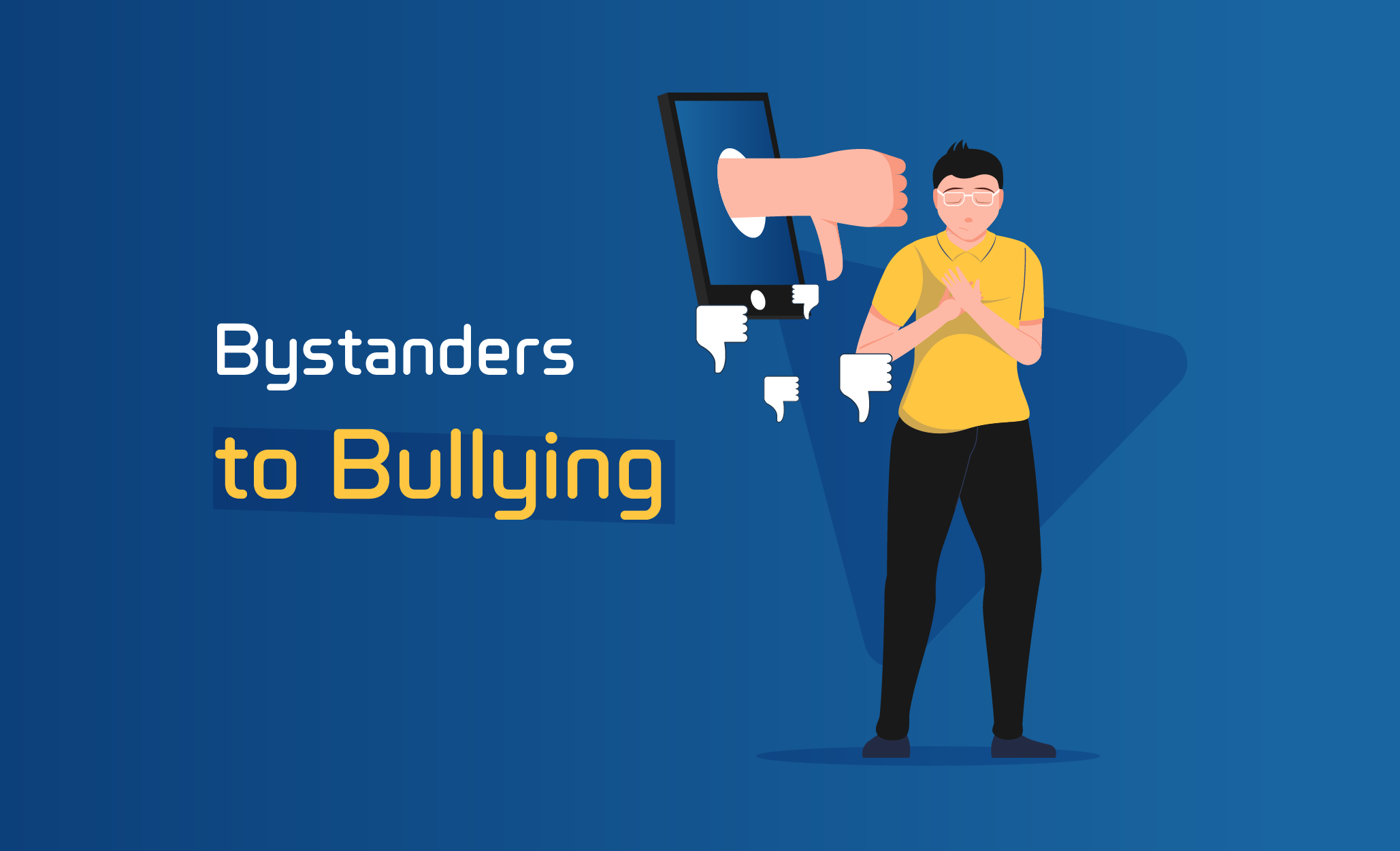Post 1: Cyberbullying in schools
Definition of cyberbullying.
Cyberbullying refers to the use of digital platforms such as social media, messaging apps and other online tools to harass, intimidate or harm a student. It can take many forms including spreading rumours, sending hurtful messages, spreading inappropriate images or excluding individuals from online groups.
Impact on victims, perpetrators and bystanders
The documented effects of cyberbullying take a burden on all those involved, but also impact the wider social environment as well. Victims experience difficult emotions: feelings of humiliation and worthlessness, shame, fear, despair, and sadness. In the long run, they may suffer reduced self-esteem and interpersonal problems: difficulties in establishing contacts and a tendency to withdrawal and isolation. The consequences for perpetrators include the consolidation of aggressive patterns of behaviour, the lowering of the sense of responsibility for their own actions, the tendency to antisocial behaviour, and the easy slide into conflicts with the law. Witnesses of violence, who are not able to effectively oppose it, or who do not try, often keep their feelings of guilt, dissatisfaction, and self-recrimination for years. For some, it will internalize patterns of passivity, helplessness, and unresponsiveness in difficult situations. This being the case, deepening our knowledge about all of the participants involved in cyberbullying and their mutual relations is of crucial importance.
Statistics and prevalence in schools.
In 2022 21.6% of the 19.2% of students who were bullied said they had been bullied "online or by text." This is an increase from the 15.8% who reported being bullied online or by text in the previous survey, administered in 2019.The participants in this study numbered 355; 68% of participants were females compared to 32% were males. Approximately 20% of the participants spend more than 12 h daily on the internet, and estimated overall prevalence of cyberbullying was 42.8%, with the mail prevalence slightly higher than females. In addition, 26.3% of the participants were significantly affected in the academic Performance due to cyberbullying. Approximately 20% of all participants considered leaving their schools, 19.7% considered ceasing their internet use, and 21.1% considered harming themselves due to the consequences of cyberbullying. There are essential links between the frequency of harassment, the effect on academic performance, and being a cyber victim.


Comments
Post a Comment